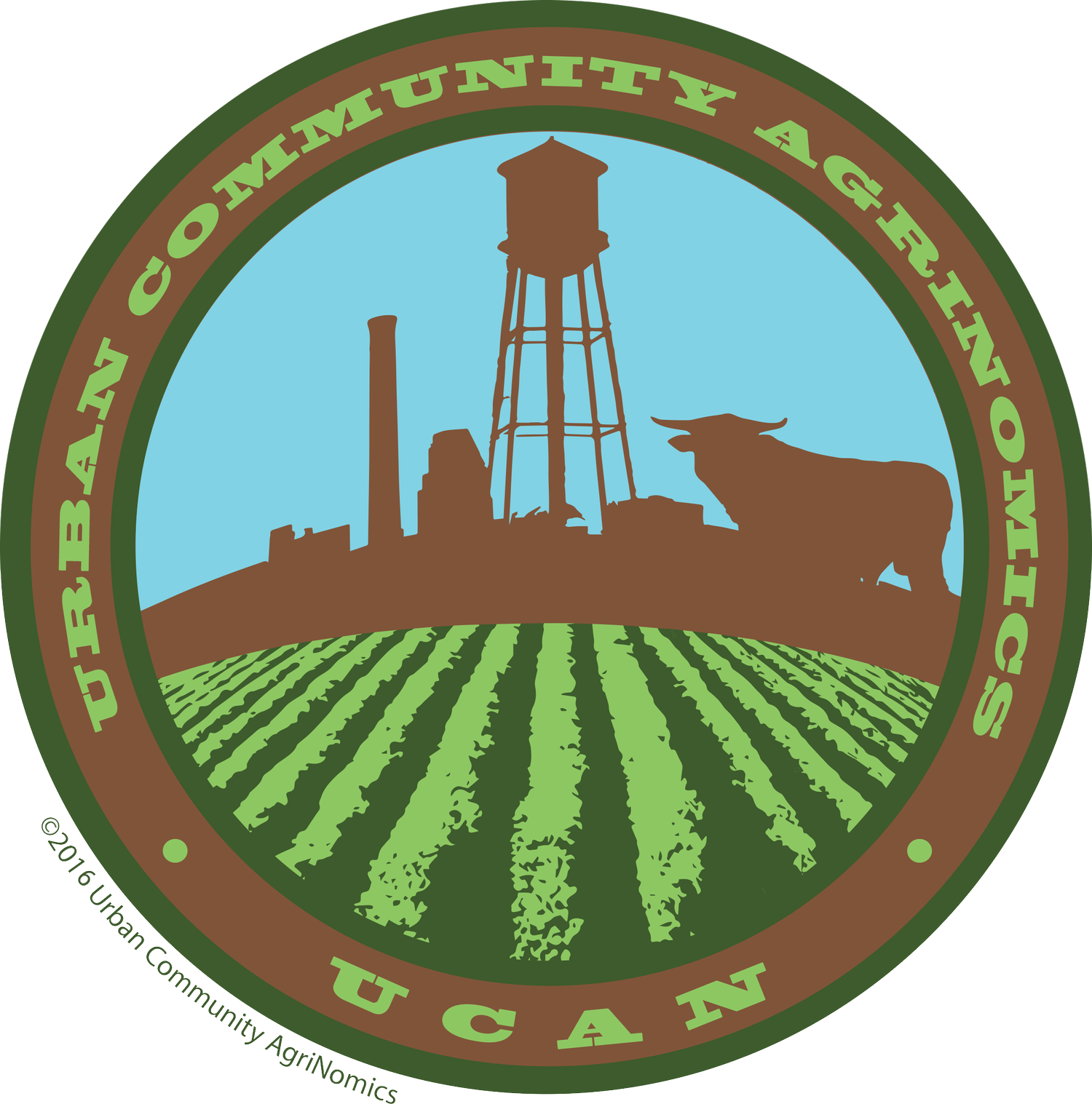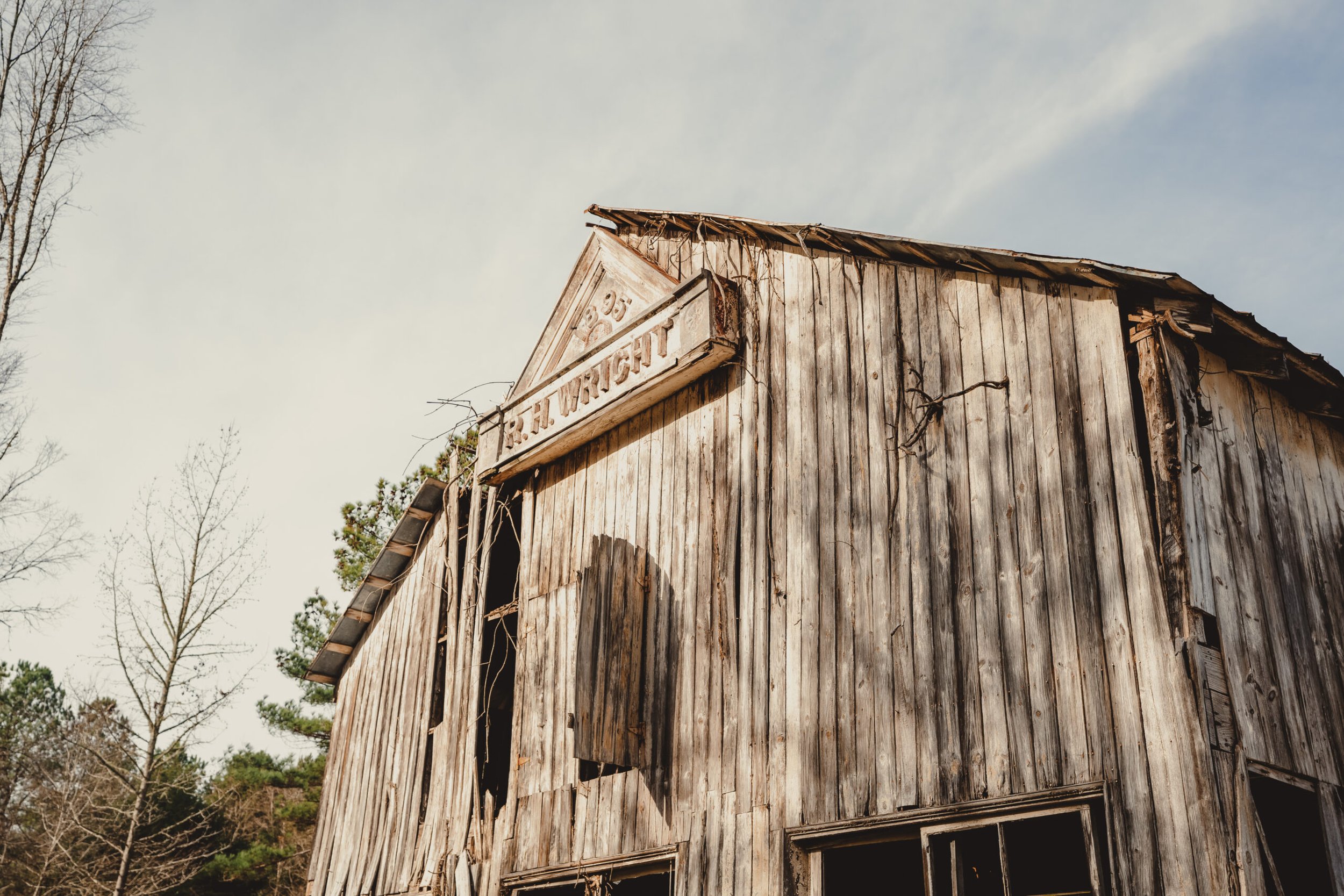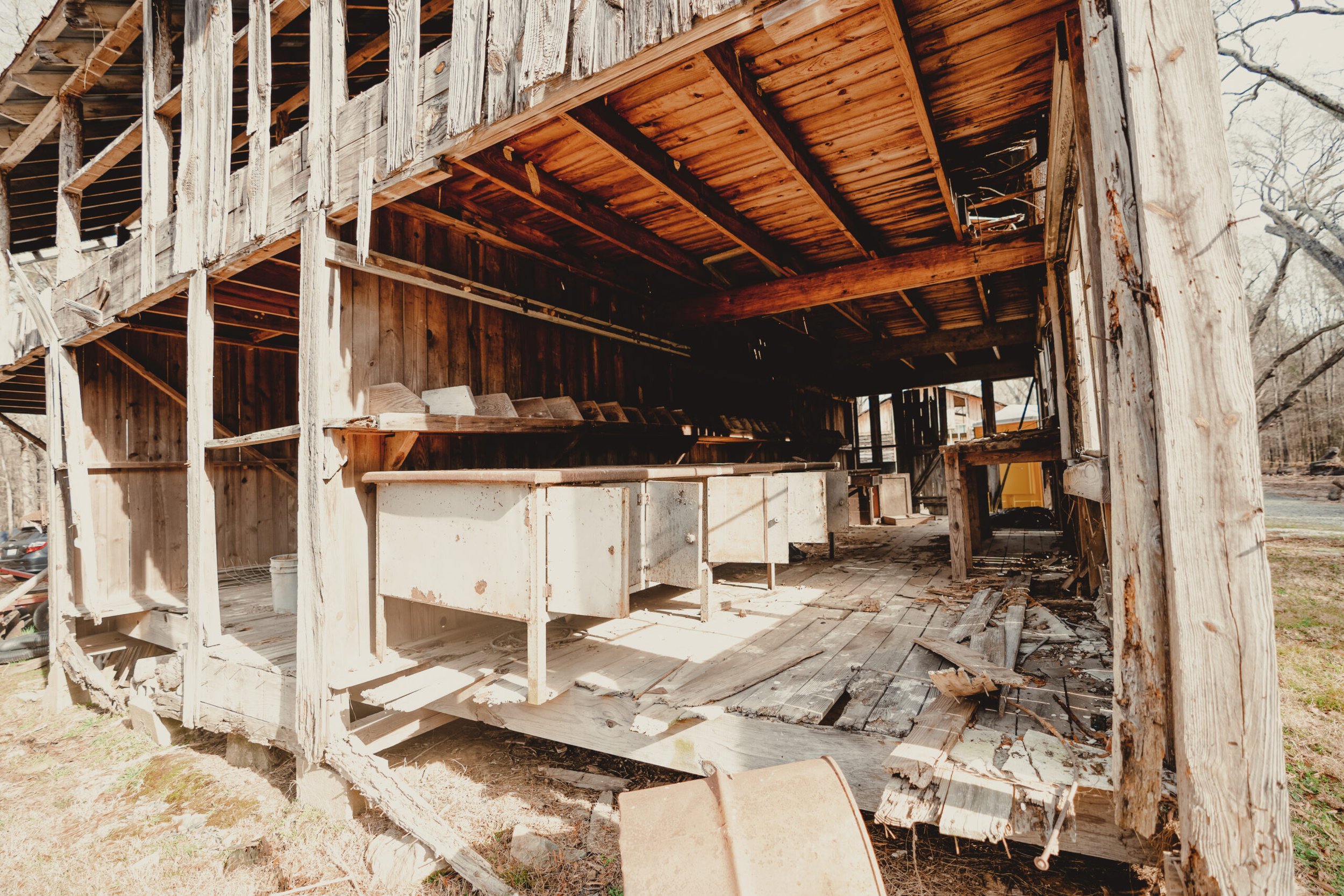#UCANMAKEHISTORY
Explore the rich history of the Catawba Trail Farm, where African American and Native American legacies intersect. From its role along the Great Trading Path to its past as a plantation with over 70 enslaved individuals, discover the stories that shape our land and our commitment to honoring them.
1955 aerial shot of the Catawba Trail Farm.
Photo credit: OpenDurham
2023 aerial shot of the Catawba Trail Farm.
Photo credit: Quan Pettiford
Great Trading Path
The gravel path at the Catawba Trail Farm is a remnant of the historic Great Trading Path, also known as the Occaneechi Path. This trail was utilized by various Indigenous tribes in the region, including the Catawba tribe, from which the farm derives its name (Catawba Trail Farm). Dating back to the 1600s, this path served as a vital route for trade and communication.
In the 1700s, the trail evolved into a fur and trading route for English settlers and merchants. Notably, in the 1760s, William Johnston, a Scottish merchant, received a land grant from Lord Granville and established a trading store along the trail. He also founded Snow Hill plantation in 1763, which would later be incorporated into Richard Bennehan’s Stagville Plantation. By the time of emancipation, Snow Hill was part of the expansive 30,000 acres that comprised Stagville.
R.H Wright Building 1985
R.H Wright Building
After emancipation, the farm changed ownership several times before being purchased by Richard Wright II in 1939, a period during which the existing building was constructed. The sign atop the building originally came from a structure in downtown Durham. Richard Wright II was the son of Richard Wright, a prominent businessman known for his philanthropic contributions to the community. Notably, the Wright family donated the first warehouse that was transformed into Durham’s inaugural public school.
Directly across from the R.H. Wright Building once stood a two-story tenant farmer’s house, historically occupied by the Dickson family, who worked as tenant farmers following emancipation. In the near future, UCAN plans to construct a caretaker’s house at this location.
View the vision plan below, created by Dr. Kofi Boone from NC State University, for the R.H Wright Building.

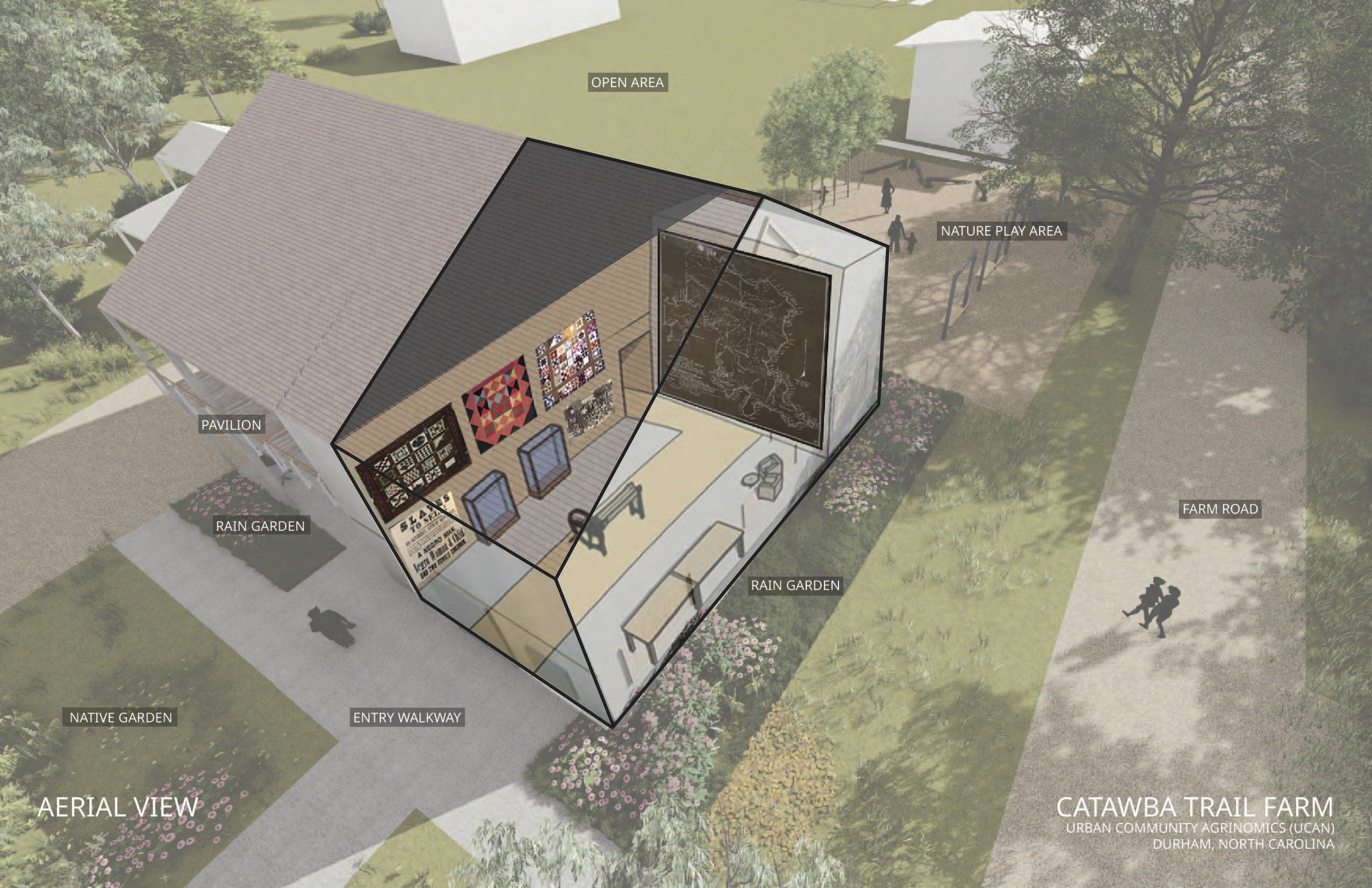
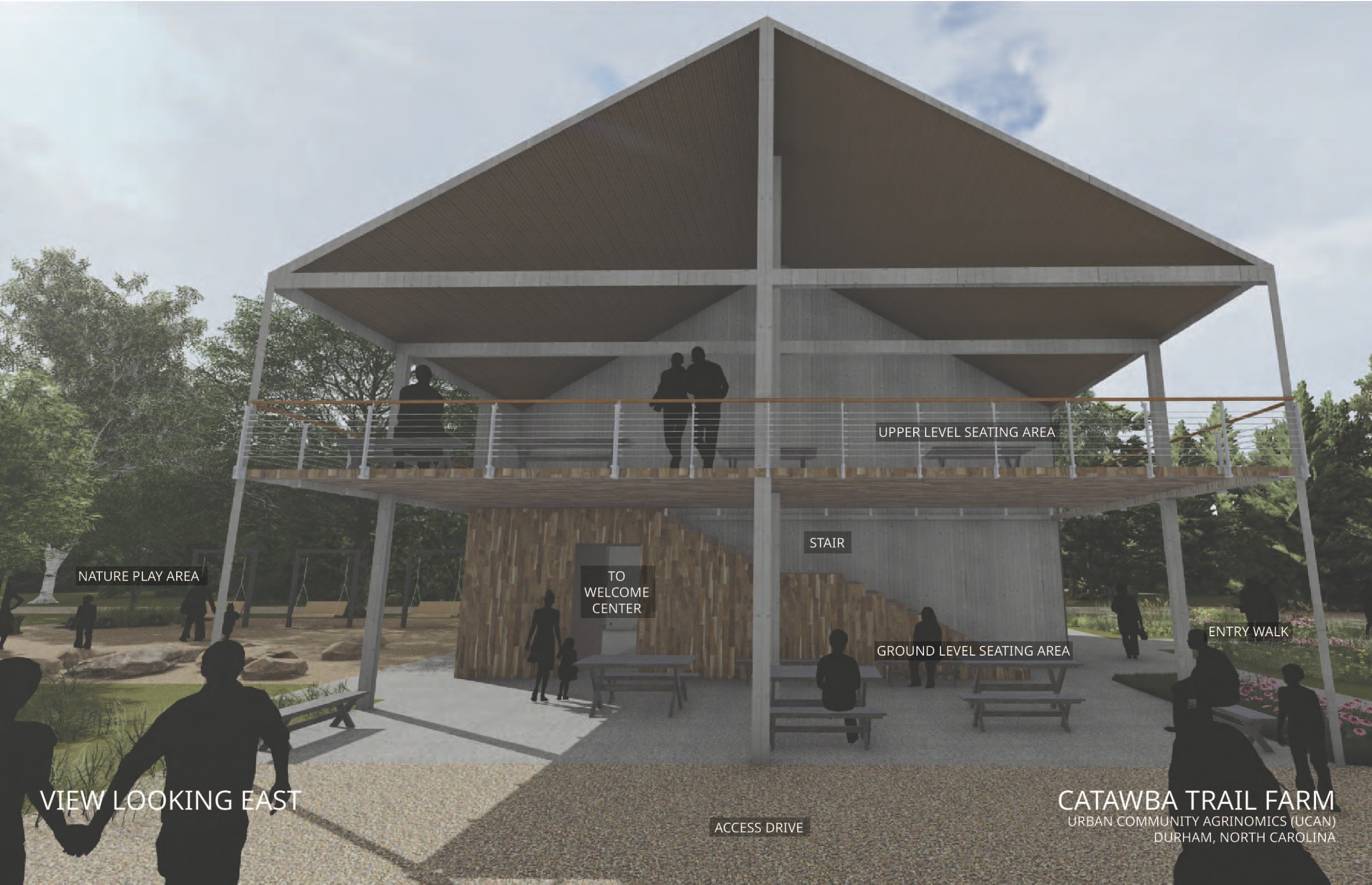
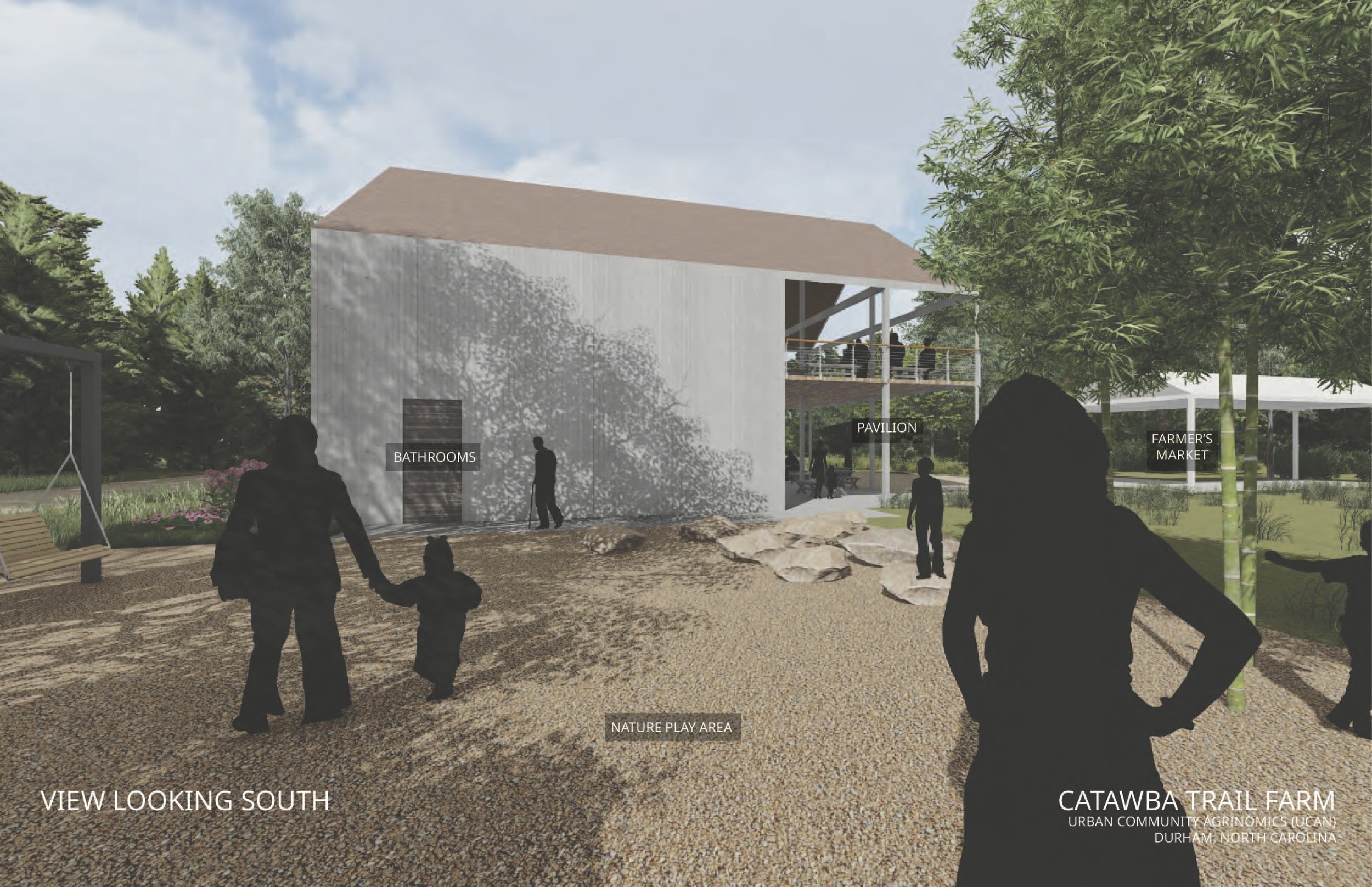
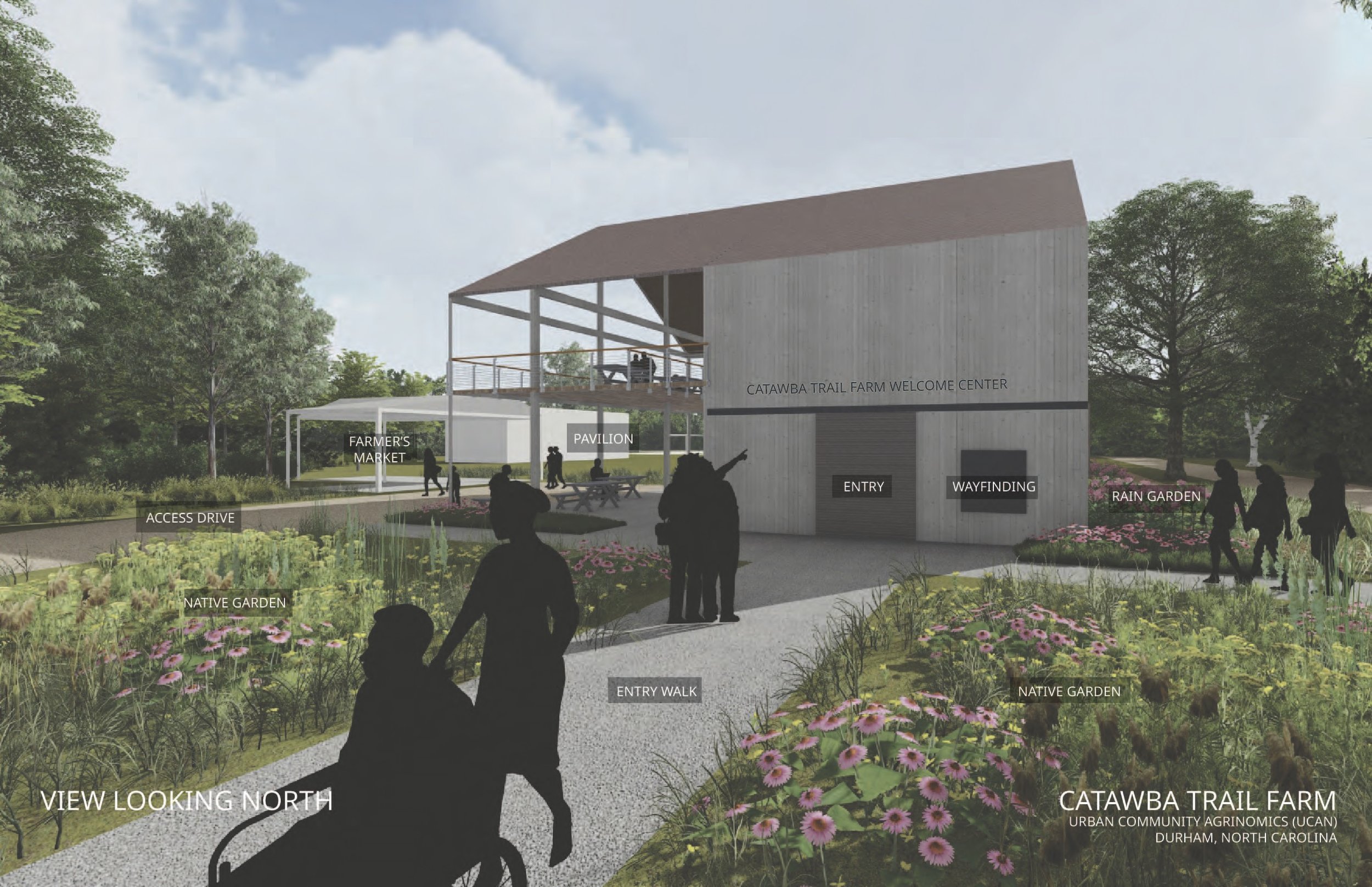
Corb Crib
This unique structure, dating back to the 1930s, was originally an unusually large double-pen frame corn crib. Characterized by an open central passage, metal-clad gable roof, and a large, gable-roofed shed on the east side supported by stripped tree trunks, the building showcases the practical design of traditional agricultural storage.
Historically, corn cribs like this one were essential for storing and drying ears of corn. The ventilated walls allowed air to circulate, preserving the corn by preventing rot and ensuring it was adequately dried for future use as livestock feed and other purposes.
Now, UCAN is repurposing this historic building into the Intergenerational House—a space where generations can come together to exchange knowledge and experiences. Once complete, it will host educational classes designed to bridge connections between youth and adults. Here, community members will be able to learn from their elders, relive cherished farm memories, and embrace the rich stories of the past.
The Millhouse
Historically, mills were often used for grinding grains into flour or meal, pressing oil from seeds, crushing minerals, and even sawing wood. Grain mills, in particular, were invaluable, transforming harvested grain into fine flour or meal, making it easier to use in baking, cooking, and other food production.
With the renovation of the Millhouse, Urban Community AgriNomics will be able to better serve and offer more to the community!
- On-site Cooking & Canning Classes
- Demonstration Kitchen
- Community Gathering Space
- Youth Mentoring Space
- State of the Art Training Facility
Gravesite
William Johnston, the first European to own the property, requested a one-acre plot as a family burial ground. He carefully chose a location with a view of the Little River, which at the time was clear of the trees that now surround the area.
Johnston and his wife, Ann, had six children, though five passed away young due to illness. Ann died in 1769, and Johnston followed in 1785. Shortly after, their only surviving daughter, Amelia, and her husband, Walter, created a ledger to honor the family, now marking the oldest known grave in Durham County.
Research led by Dr. Brian McAdoo of Duke University and his students suggests that unmarked graves of enslaved individuals may also be nearby, marked by pink flags. This site is an active research area with ongoing protection plans being developed in collaboration with Dr. Kofi Boone from North Carolina State University.
Johnston Family grave inscription reads:
To the Memory of WILLIAM JOHNSTON and ANN his wife
A worthy pair
This monument is Erected by Walter and Amelia Alves
She died in 1969 Aged 42 years
He died May 3, 1785 Aged 48 years
Here also lie interred five of their children who all died very young
Historical Documents & Our Sources
Do you have any questions or historical information to share?
Contact UCAN Board Member & Historian, Michael Nye at nyemike87@gmail.com
